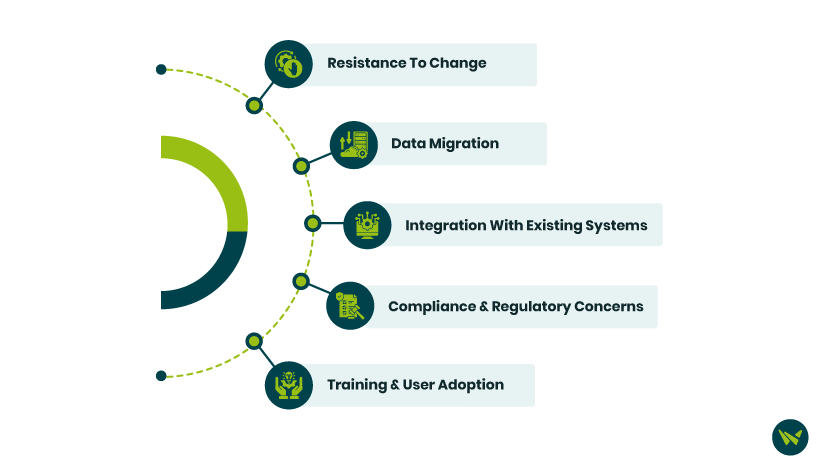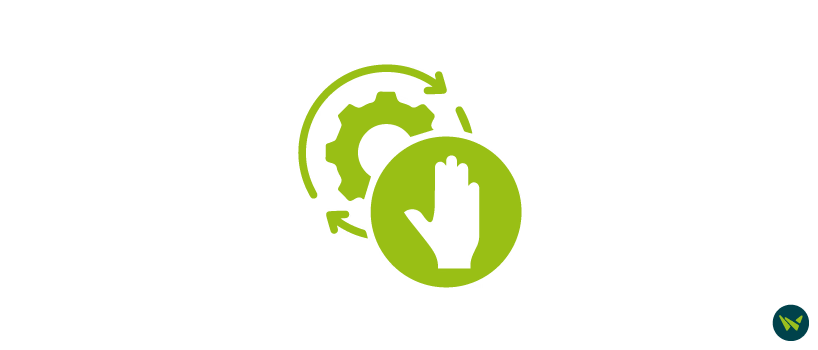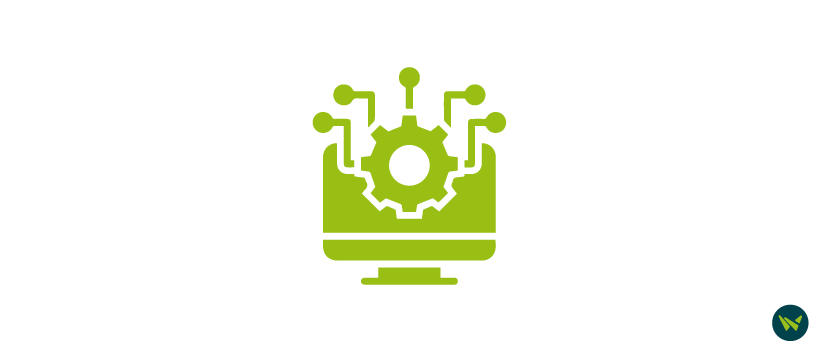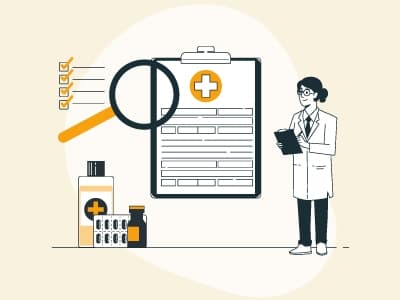
The U.S. aesthetic medicine market is experiencing rapid growth, valued at $38.19 billion in 2023 and projected to soar to $136.69 billion by 2033, with a remarkable CAGR of 13.6%. This surge reflects the increasing demand for advanced treatments and enhanced operations in aesthetic practices, where efficiency and patient satisfaction are paramount.
While EMR systems play an important role in meeting these demands, their implementation often presents several challenges for aesthetic clinics, from workflow disruptions to staff adaptation. Overcoming these complexities is crucial to stay competitive in this highly demanding industry.
This blog will explore five common EMR implementation challenges and how the best EMRs for aesthetic practice address them, ensuring your clinic’s success.


Introducing an EMR system into an aesthetic practice often meets resistance from staff accustomed to existing workflows. According to a study by BMC Health Services Research, only 52.8% of healthcare providers feel prepared to adopt electronic health records (EHRs). This statistic highlights the mixed reactions staff may have, often influenced by their level of training and comfort with new technology. Such hesitation can slow down implementation and create unnecessary hurdles for the clinic.

Transferring patient data from current healthcare systems or paper-based records to a new EMR can be challenging, particularly for aesthetic practices with extensive patient records. In fact, 83% of data migration projects either fail or exceed their budgets and schedules. This high failure rate underscores the challenges involved in migrating electronic health records (EHR) data, such as ensuring data accuracy, resolving formatting inconsistencies, and addressing security concerns. If not handled carefully, data migration can lead to disruptions, lost information, or delays in day-to-day operations.

Aesthetic practices often rely on multiple software systems to manage appointments, billing, and patient records. Integrating a new healthcare solution with these existing systems can pose significant aesthetic EMR integration challenges. Disparate systems may not communicate well with each other, leading to data silos, errors, and delays in patient care. These integration difficulties can cause frustrations for staff and negatively impact clinic operations.

Aesthetic practices face significant challenges in ensuring their EMR systems comply with complex healthcare regulations, including HIPAA and HITECH. These regulations require that patient data be securely stored, transmitted, and accessed, which can be difficult for practices unfamiliar with regulatory requirements. Non-compliance can result in costly fines and damage to a practice's reputation.

Effective training is important for ensuring successful user adoption of a new EMR system in aesthetic practices. Staff members, especially those unfamiliar with the new technology, may feel overwhelmed or, as mentioned earlier, resistant to change. It can lead to inefficiency, errors, and a slower transition.
Implementing an EMR system in your aesthetic practice can transform operations and enhance patient care, though it comes with its challenges. From resistance to change and data migration complexities to integration difficulties, compliance concerns, and user adoption hurdles, each challenge requires careful planning and execution.
Top EMR solutions for aesthetic clinics address these challenges by offering tailored training programs, compliance strategies, and integration capabilities. Thus, investing in the right aesthetic EMR solution helps streamline the transition and set your practice up for long-term success.
